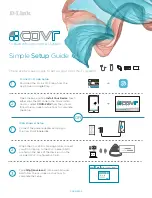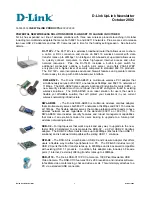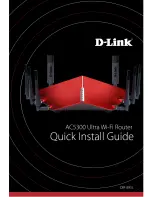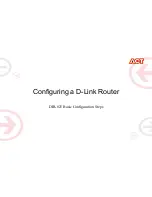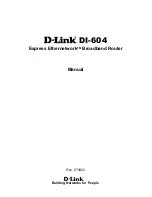
LE910-SKG AT commands reference guide
80437ST10619A Rev.1 – 2014-09-16
Reproduction forbidden without Telit Communications S.p.A. written authorization - All Rights Reserved
page 14 of 273
The syntax rules followed by Telit implementation of either Hayes AT commands and
GSM/WCDMA commands are very similar to those of standard basic and extended AT
commands. There are two types of extended command:
-
Parameter type commands
. This type of commands may be “set” (to store a value or
values for later use), “read” (to determine the current value or values stored), or “tested”
(to determine ranges of values supported). Each of them has a test command (trailing
=?
)
to give information about the type of its sub parameters; they also have a Read command
(trailing
?
) to check the current values of sub parameters.
-
Action type commands
. This type of command may be “executed” or “tested”.
“executed“ to invoke a particular function of the equipment, which generally
involves more than the simple storage of a value for later use
“tested” to determine:
Whether or not the equipment implements the Action Command (in this case
issuing the correspondent Test command - trailing
=?
- returns the
OK
result
code), and, if sub parameters are associated with the action, the ranges of sub
parameters values that are supported.
Action commands don’t store the values of any of their possible sub parameters.
In case of Telit command, “read” action may be used for the specific purpose.
Moreover:
The response to the Test Command (trailing
=?
) may be changed in the future by
Telit to
allow the description of new values/functionalities
If all the sub parameters of a parameter type command
+CMD
(or
#CMD
or
$CMD
) are optional, issuing
AT+CMD=<CR>
(or
AT#CMD=<CR>
or
AT$CMD=<CR>
) causes the
OK
result code to be returned and the previous values
of the omitted sub parameters to be retained.
A string, either enclosed between quotes or not, is considered to be a valid string type
parameter input. According to V25.ter space characters are ignored on the command line and
may be used freely for formatting purposes, unless they are embedded in numeric or quoted
string constants; therefore a string containing a space character has to be enclosed between
quotes to be considered a valid string type parameter (e.g. typing
AT+COPS=1,0,”A1”
is the
same as typing
AT+COPS=1,0,A1
; typing
AT+COPS=1,0,”A BB”
is different from typing
AT+COPS=1,0,A BB
).
A small set of commands requires always writing the input string parameters within quotes:
this is explicitly reported in the specific descriptions.
Summary of Contents for LE910-SKG
Page 1: ......
































